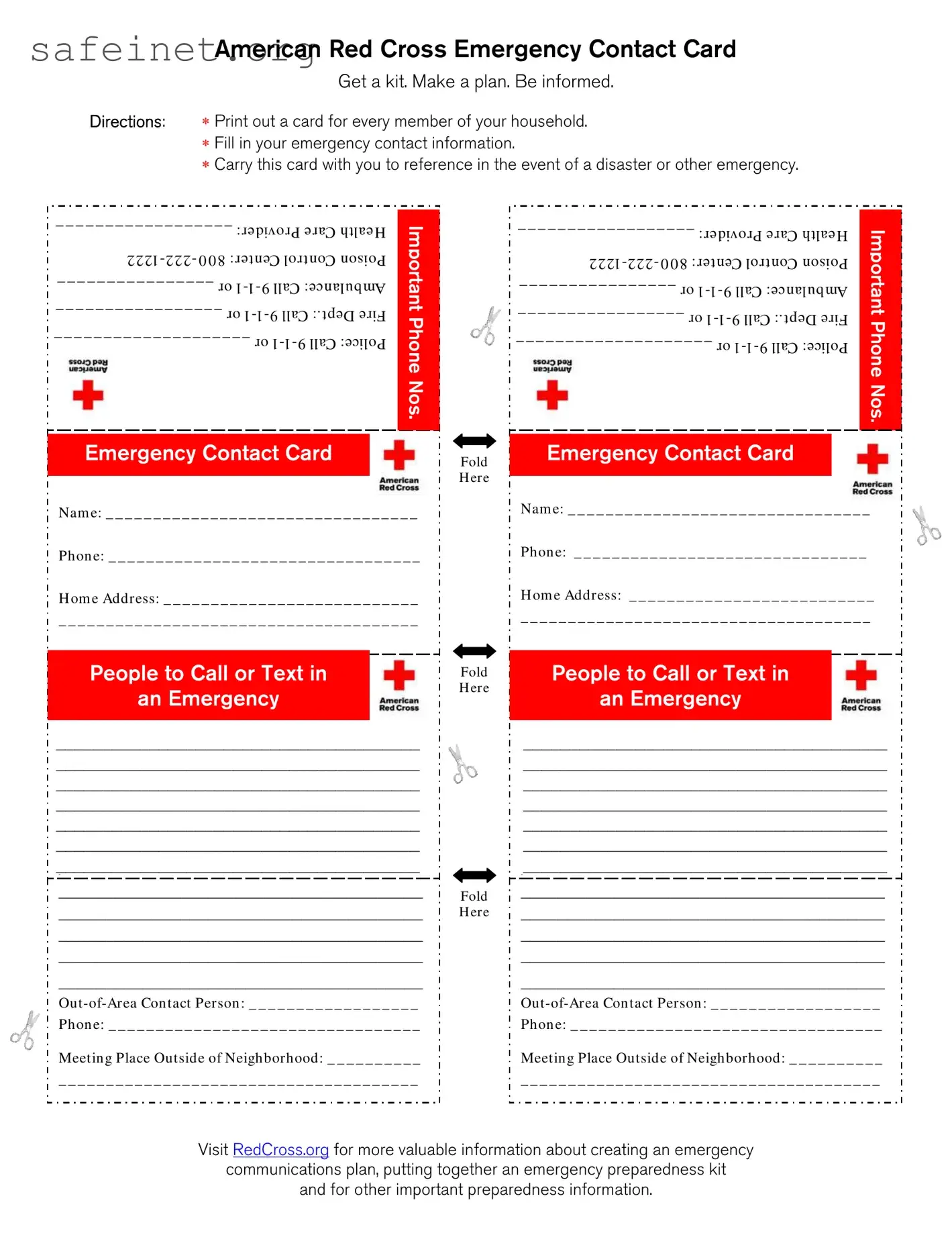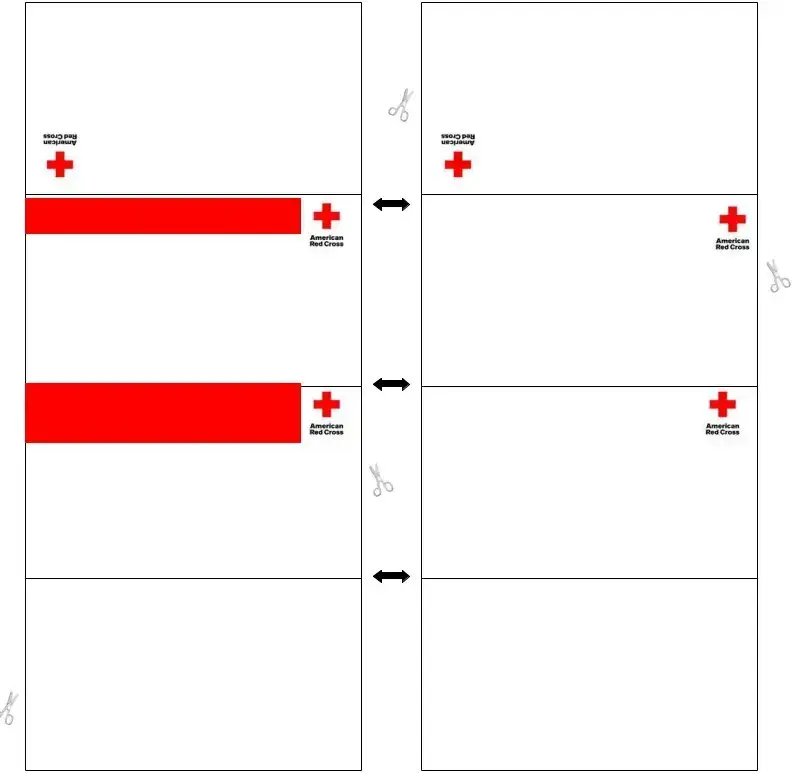|
_ _ _ _ _ _ _ _ _ _ _ _ _ _ _ _ _ _ er: ovid Pr e Car ealth H |
Important |
|
|
|
1222-222- 0 0 8 : ter Cen ol tr Con Poison |
|
|
_ _ _ _ _ _ _ _ _ _ _ _ _ _ _ _ or 1-1- 9 Call ce: lan bu Am |
|
|
_ _ _ _ _ _ _ _ _ _ _ _ _ _ _ _ _ or 1-1- 9 Call :. Dept Fire |
PhoneNos. |
|
_ _ _ _ _ _ _ _ _ _ _ _ _ _ _ _ _ _ _ _ or 1-1- 9 Call Police: |
|
|
|
|
|
Emergency Contact Card
Nam e: _ _ _ _ _ _ _ _ _ _ _ _ _ _ _ _ _ _ _ _ _ _ _ _ _ _ _ _ _ _ _ _ _
Ph on e: _ _ _ _ _ _ _ _ _ _ _ _ _ _ _ _ _ _ _ _ _ _ _ _ _ _ _ _ _ _ _ _ _
H om e Ad d r ess: _ _ _ _ _ _ _ _ _ _ _ _ _ _ _ _ _ _ _ _ _ _ _ _ _ _ _
_ _ _ _ _ _ _ _ _ _ _ _ _ _ _ _ _ _ _ _ _ _ _ _ _ _ _ _ _ _ _ _ _ _ _ _ _ _
People to Call or Text in
an Emergency
_______________________________________
_______________________________________
_______________________________________
_______________________________________
_______________________________________
_______________________________________
_______________________________________
-
_______________________________________
_______________________________________
_______________________________________
_______________________________________
_______________________________________
Ou t -of-Ar ea Con tact Per son : _ _ _ _ _ _ _ _ _ _ _ _ _ _ _ _ _ _
Ph on e: _ _ _ _ _ _ _ _ _ _ _ _ _ _ _ _ _ _ _ _ _ _ _ _ _ _ _ _ _ _ _ _ _
Meetin g Place Ou tsid e of Neigh bor h ood : _ _ _ _ _ _ _ _ _ _
_ _ _ _ _ _ _ _ _ _ _ _ _ _ _ _ _ _ _ _ _ _ _ _ _ _ _ _ _ _ _ _ _ _ _ _ _ _

